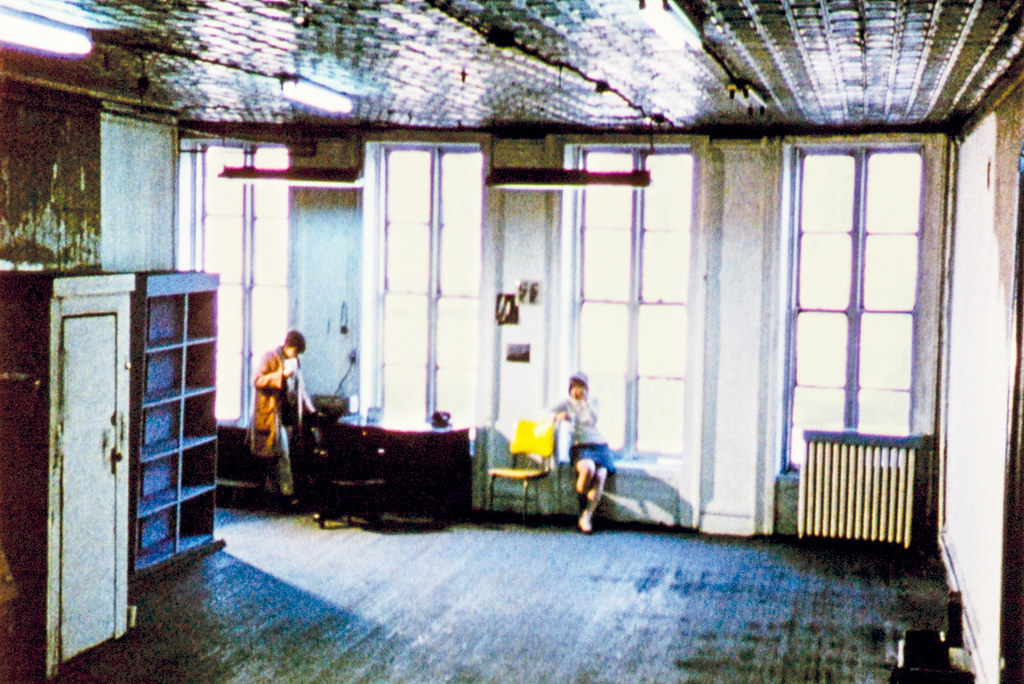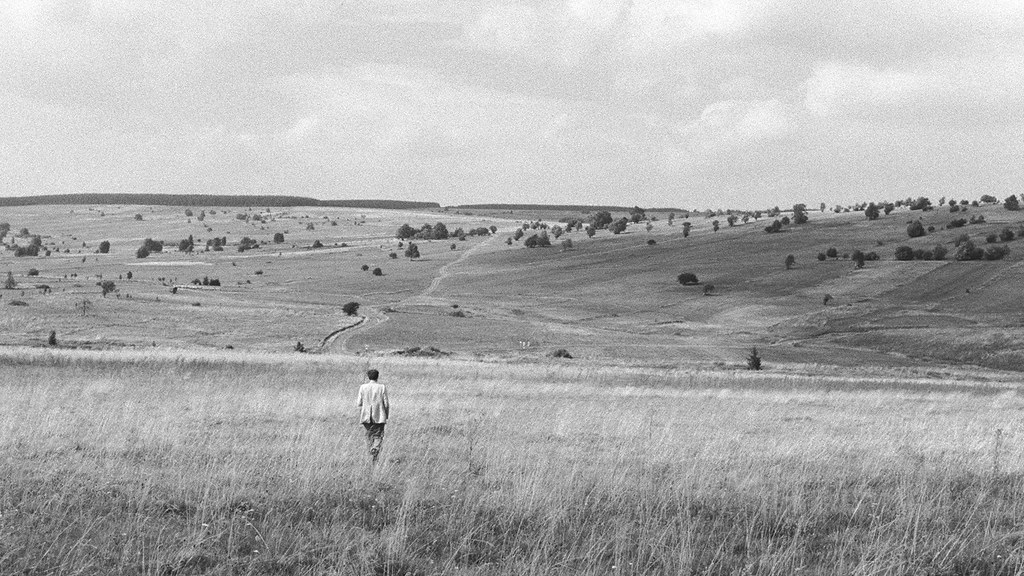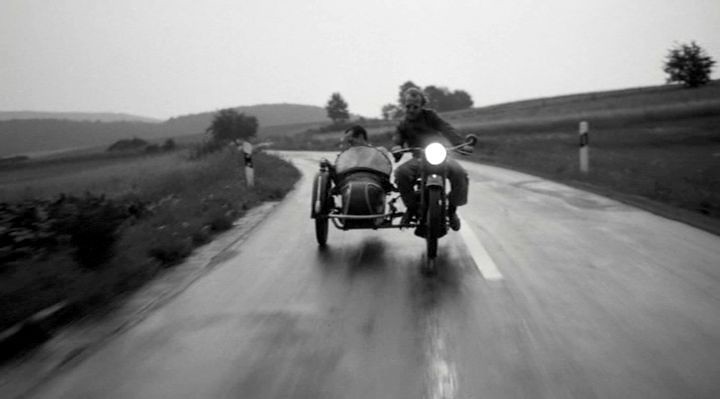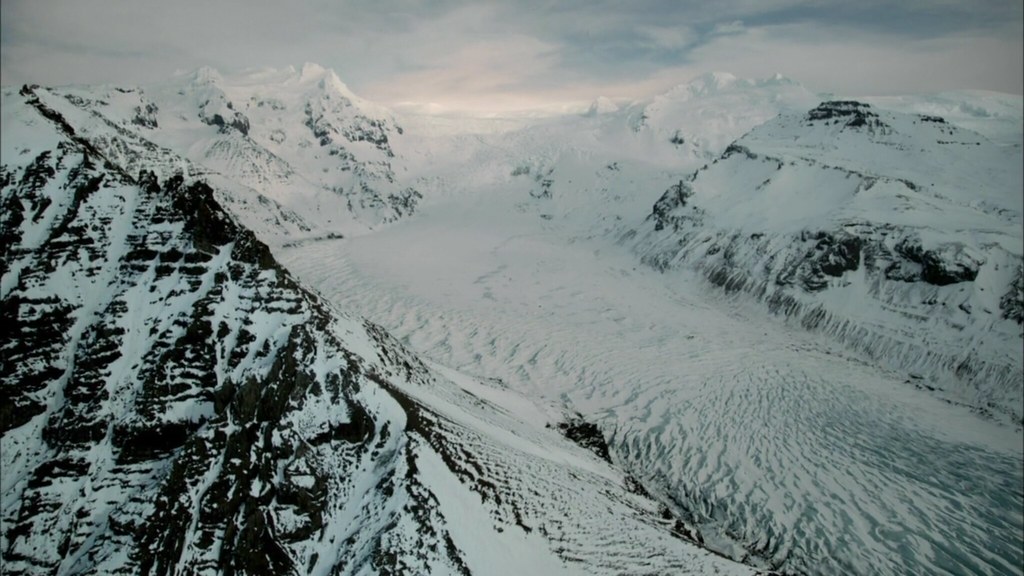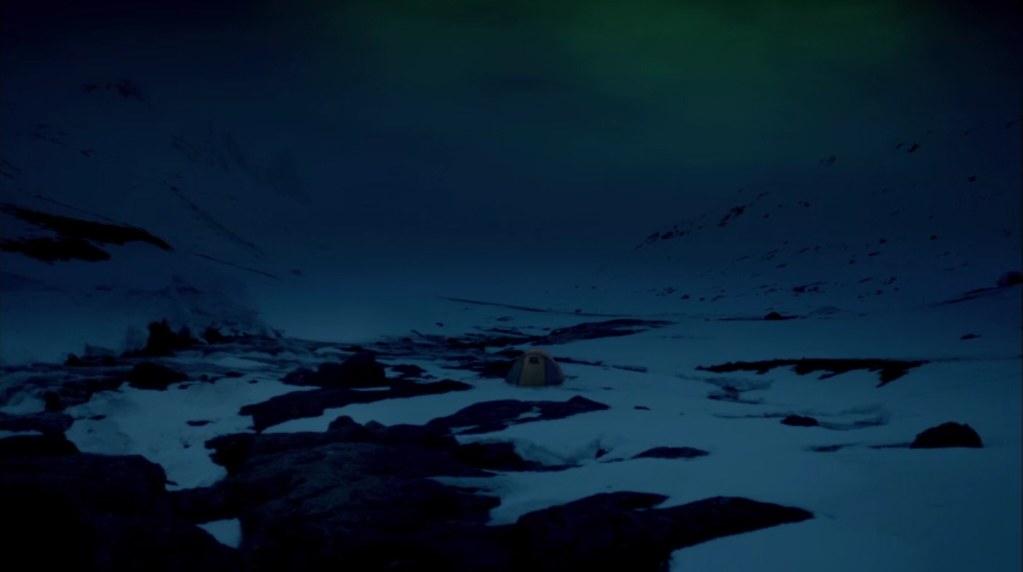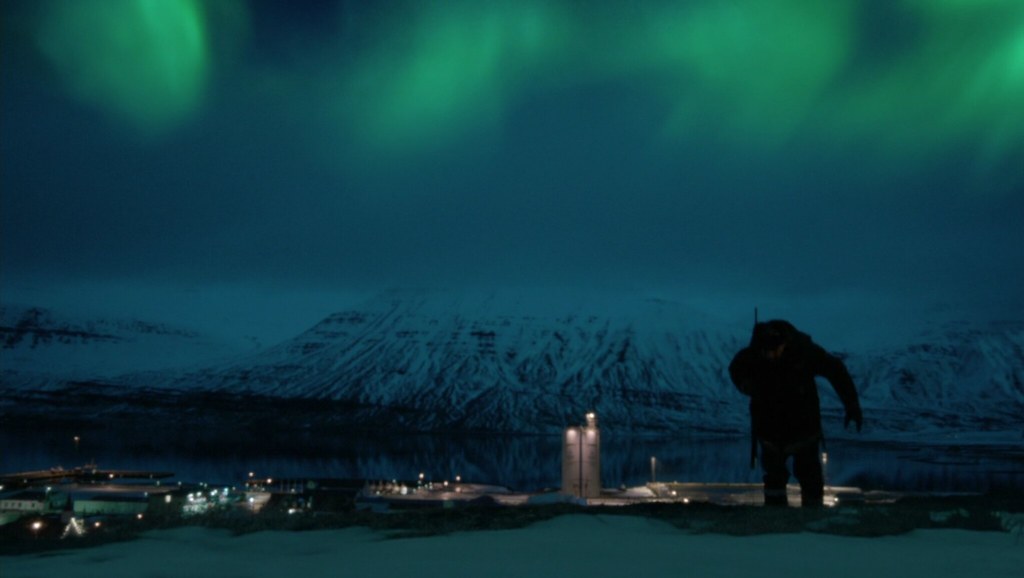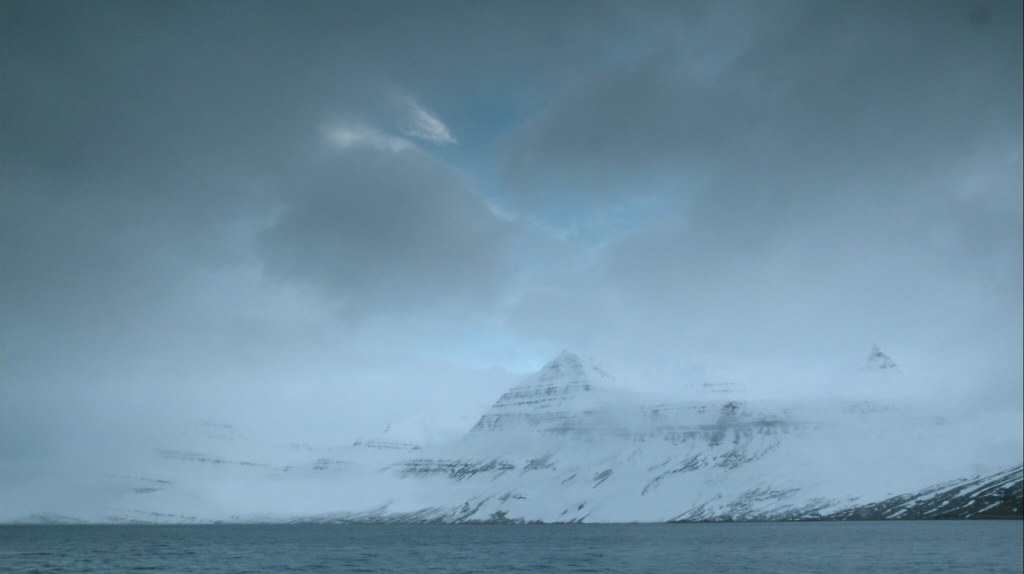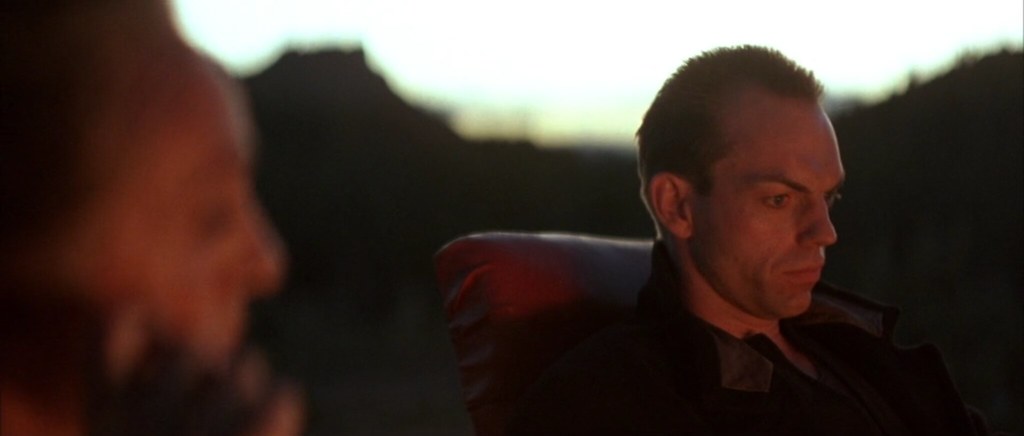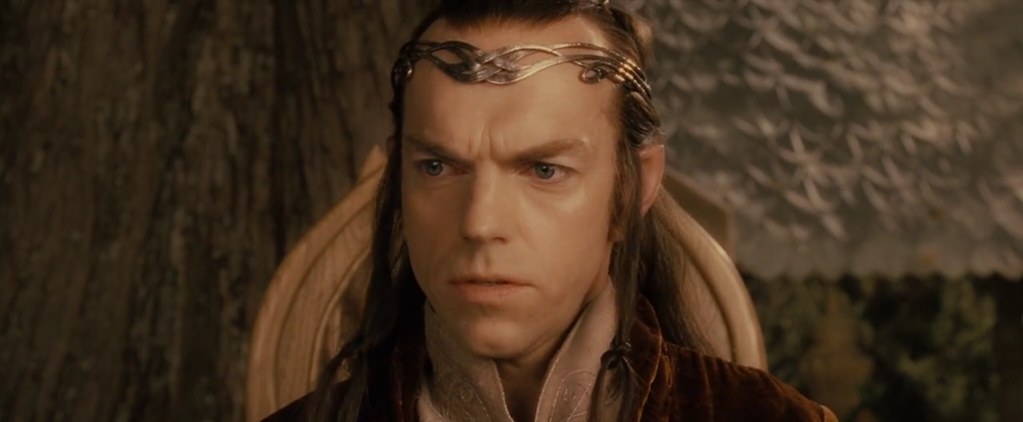jean-pierre melville - le samouraï - 1967
last evening at film forum : melville's classic le samouraï on a wonderfully/lovely worn 35mm print. the print had some evocative "ellipsis" as p. adams sitney explains when describing joseph cornell film oeuvre in the classic museum of modern art monograph published in 1980. i read it probably 20 years ago, but my memory is how sitney writes about the wear to prints as cornell constantly viewed and edited found-films in his collection, and the beauty of the ellipsis that were both necessary and non-intentional.
le samouraï i have seen many times. this was my third time on 35mm. i use to own the criterion dvd and would often watch it often. the opening sequence always reminded me of michael snow's wavelength from the same year. how very strange that they came out the same year, must have really been in the air that year to have a long take of a room, where there is so much "nothing" happening, that a viewer almost does not notice all that actually is happening. a lazy viewer of snow's film would not notice all of the activity in wavelength, and just see a slow zoom. people are coming and going, traffic sounds, the beatles song, electronic interactions... it is all very exciting. even more exciting to this viewer has always been snow's back and forth. almost like a popular 80s high school film (say fast times at ridgemont high from 1982) mixed with snow's severe mechanistic exploits.
the moment in le samouraï that has always fascinated me is about 30 something seconds into the opening static shot. the focus starts to slowly shift and there are tiny zooms in and out and we end up with a slightly wider shot that we began with, and a minimal shift in perception of the room occurs. yet this very minimal shift is like a bomb going off (at least for this viewer). i spent 20 plus years thinking about the reason for this strange business. recently found this article which has a sort of regular analysis of it. yet for me there has always been some kind of mystical experience in that slight shift. in a dark room your relationship to sound and images is drastically heightened. your perceptions change (think of james turrell's work, esp his meeting at ps1)... with the shot slightly widening, the main character becomes more apparent, but i think more than that a shift in the viewer's perception happens with that widening and something magical begins to happen, like in live music when the band hits a psychedelic crescendo that makes you feel like you are in another dimension (i recently saw supersilent and the necks live which was full of these moments).
elsewhere in the film similar shifts occur, like when jef costello is on the walkway bridge with the middleman (clip here, seen at 1 minute 8 seconds) and trouble happens. a split second before shots are fired there is a hard cut, and the camera moves from the bridge to a distance and is moving parallel to it rapidly. again, this edit is light a bomb going off in the theater. i wonder if over-thinking these subtleties does harm to a true experience with the work?, and that one should simply accept them as a viewer and be ready to perish with the explosions?
elsewhere in the film similar shifts occur, like when jef costello is on the walkway bridge with the middleman (clip here, seen at 1 minute 8 seconds) and trouble happens. a split second before shots are fired there is a hard cut, and the camera moves from the bridge to a distance and is moving parallel to it rapidly. again, this edit is light a bomb going off in the theater. i wonder if over-thinking these subtleties does harm to a true experience with the work?, and that one should simply accept them as a viewer and be ready to perish with the explosions?
michael snow - wavelength - 1967


